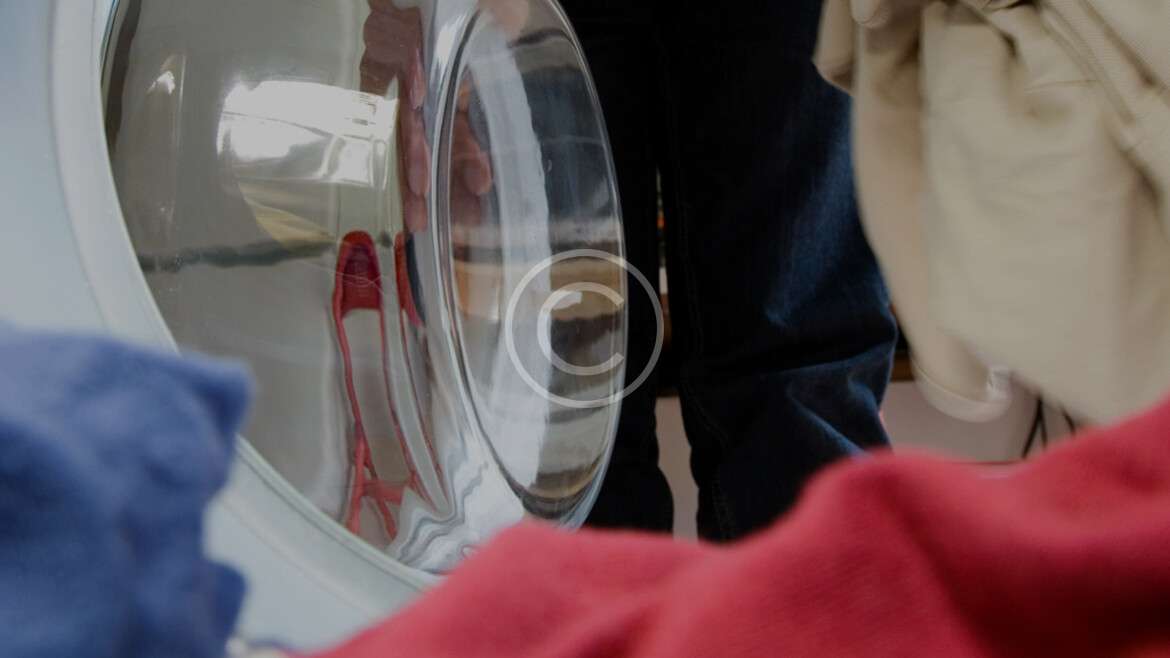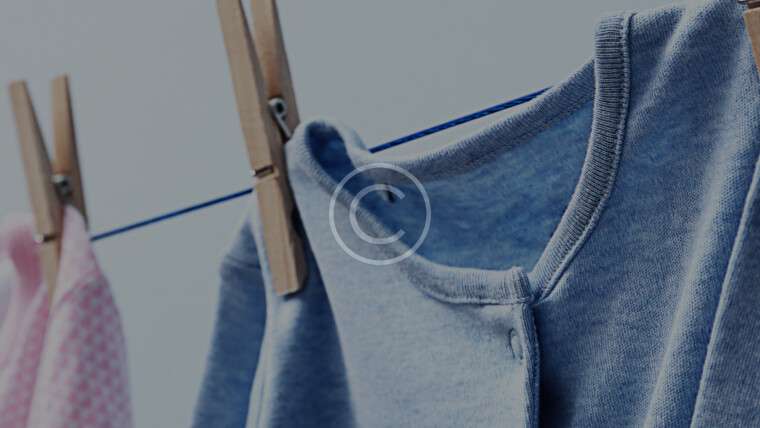Copyright Fair Use and Art
Describe how claims of “copyright” and “fair use” came into play in relation to Shepard Fairey’s portrait of Barack Obama.
Shepard Fairey’s Hope poster, a stylized portrait of Barack Obama, became a widely recognized image during the 2008 presidential campaign. However, the artwork sparked legal controversy over copyright and fair use when it was revealed that Fairey had based the design on a photograph taken by Associated Press (AP) photographer Mannie Garcia.
Copyright Issues
The Associated Press claimed that Fairey had infringed on its copyright by using Garcia’s photograph without permission. Copyright law protects original works, including photographs, meaning that Fairey’s adaptation could be considered unauthorized use of a protected image. The AP sought credit and compensation for the use of the image.
Fair Use Defense
Fairey argued that his poster fell under fair use, a legal doctrine allowing limited use of copyrighted material without permission for purposes such as commentary, criticism, or transformation. He claimed that his work significantly altered the original photograph by adding new meaning, color, and stylistic elements, making it a transformative work rather than a mere copy. However, Fairey later admitted to misleading the court about which photograph he had used, damaging his case…
Shepard Fairey’s Hope poster, a stylized portrait of Barack Obama, became a widely recognized image during the 2008 presidential campaign. However, the artwork sparked legal controversy over copyright and fair use when it was revealed that Fairey had based the design on a photograph taken by Associated Press (AP) photographer Mannie Garcia.
Copyright Issues
The Associated Press claimed that Fairey had infringed on its copyright by using Garcia’s photograph without permission. Copyright law protects original works, including photographs, meaning that Fairey’s adaptation could be considered unauthorized use of a protected image. The AP sought credit and compensation for the use of the image.
Fair Use Defense
Fairey argued that his poster fell under fair use, a legal doctrine allowing limited use of copyrighted material without permission for purposes such as commentary, criticism, or transformation. He claimed that his work significantly altered the original photograph by adding new meaning, color, and stylistic elements, making it a transformative work rather than a mere copy. However, Fairey later admitted to misleading the court about which photograph he had used, damaging his case…


